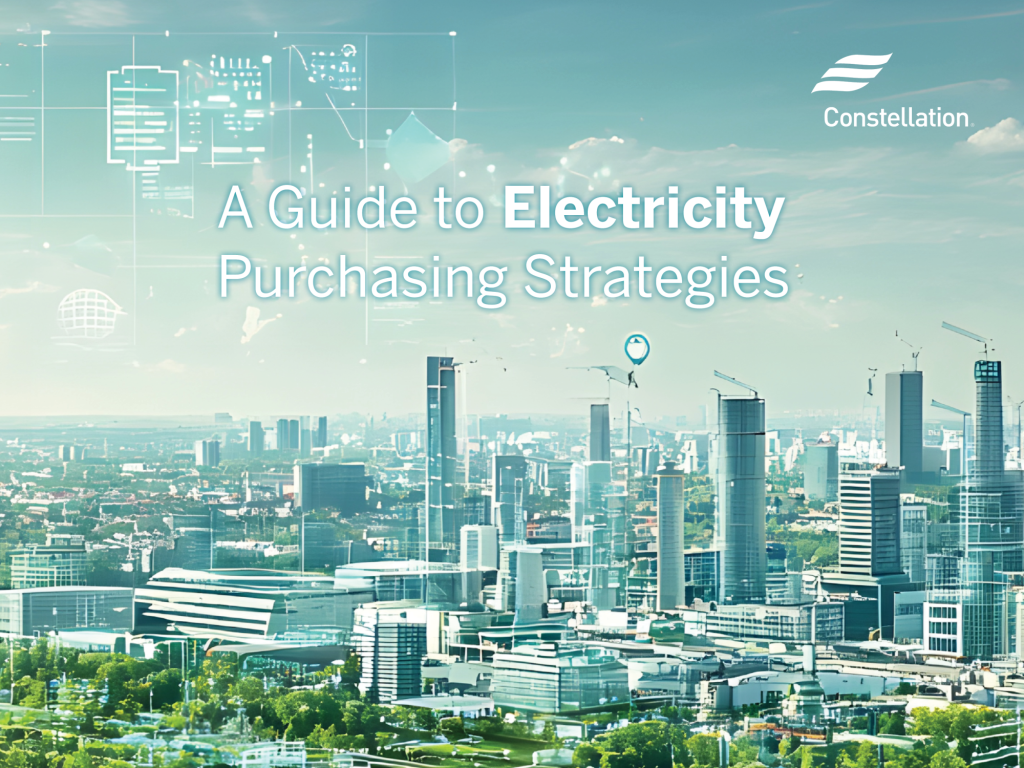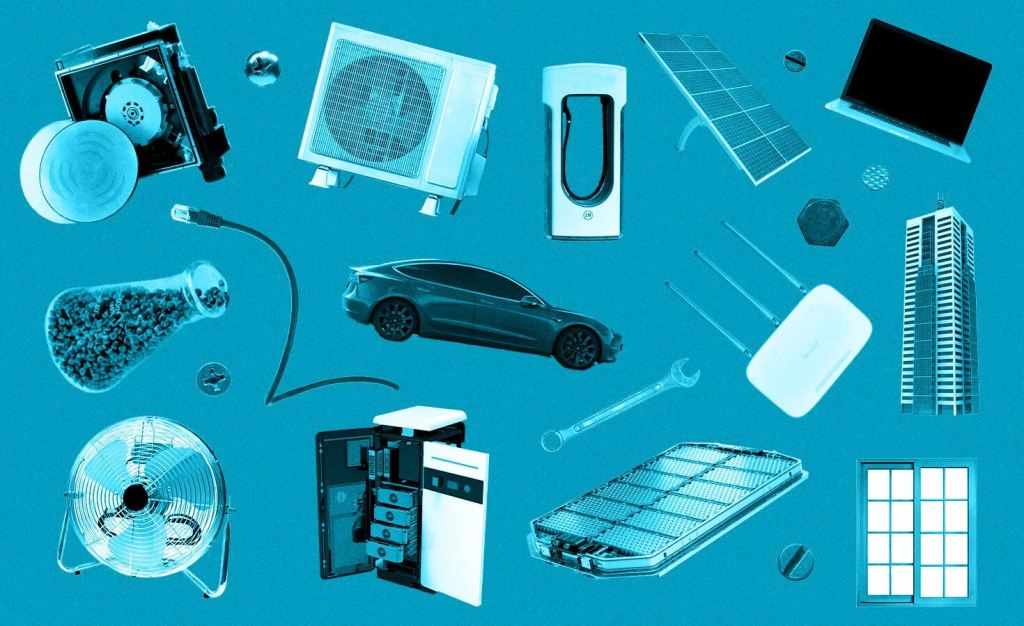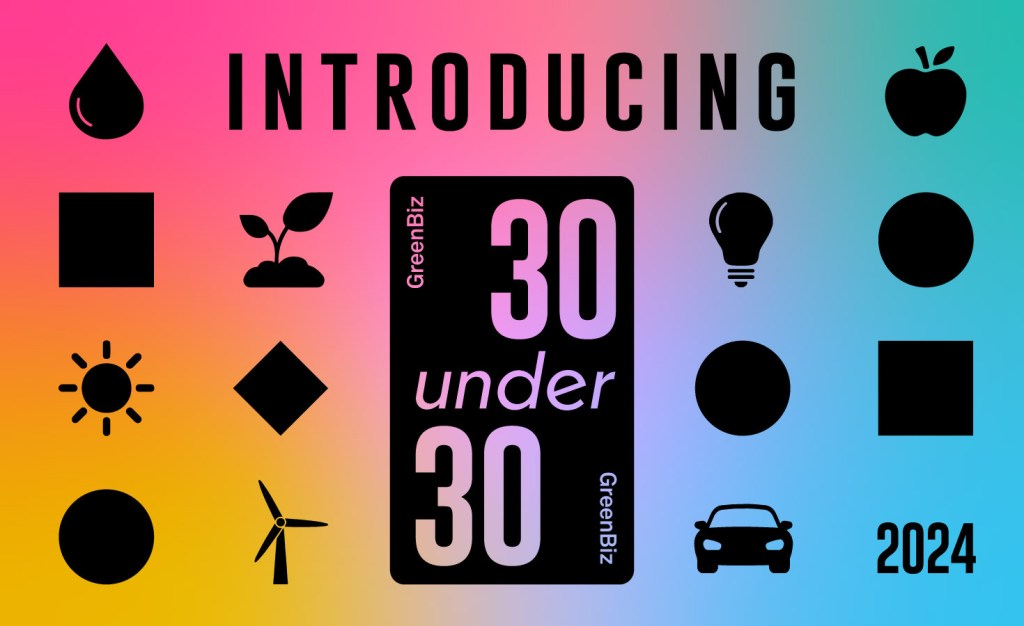How to approach avoiding operational risks
These tips will help your business pay attention to otherwise overlooked details. Read More

Delivering a sustainable product or service should be the ultimate goal for every organization, but if the processes used to create that product or service are themselves unsustainable, then we may be losing more ground than we are gaining. As a matter of principle and integrity, every organization needs to look at its own operations to assure that it is living up to the standard that consumers expect.
Here’s what organizations should consider about their own internal processes, which include operational effectiveness, employee relations and even cost and revenue models.
How do we minimize our footprint?
Operational efficiency and waste minimization are not a new business concern. The Total Quality Management movement of the last century drummed efficiency and quality into our heads. Surprisingly, despite the effectiveness of this movement, sustainability has revealed even more sources of waste and operational risk.
Some of this takes the form of materials that, while cheap to purchase, create additional, hidden costs related to health and environmental impacts. Toxic materials require protective gear as well as special handling and disposal, and can result in lost productivity from illness or injury. These costs get buried in line items on the ledger sheets.
Organizations often are put at risk unknowingly by not paying attention to supply chains that could be disrupted by global conflict, regulatory limits or unfavorable public perception. Beyond saving energy and reducing waste, organizations should closely examine their purchasing records to uncover looming costs and risks.
What externalized costs make us vulnerable to future risks?
Current regulatory policies and standard business practices allow business in all industries to externalize some of the costs of their operations. By “legalizing” pollution, for example, we have passed on the cost of harmful effects of emissions and effluent to the public. Similarly, businesses are seldom held responsible for the “end of life” expenses related to the products they put on the market. What would happen to the bottom line if public sentiment changed and organizations suddenly were expected to bear these burdens? Puma famously calculated its externalized costs and was sobered to discover there would be no profit if it had to bear these costs.
The question to ask here is: How would you operate if you had to incorporate these expenses into your ledgers? What would that imply you would need to do differently to stay profitable? As with many sustainability considerations, the opportunity is in getting ahead of these risks so that they do not blindside you later.
What is fair distribution of our revenues?
Depending on local economic systems and the legal structure of the enterprise, a business inadvertently can undermine its own long-term viability by contributing to the concentration of wealth in society. If the business model hollows out the middle class or causes customers to go into deep debt to buy its products or prevents suppliers from earning a living wage or investors from earning a fair return, the organization undermines the foundation of its success. Enterprises should consider what portion of sales ideally should go to each stakeholder group (shareholders, employees, key partners and the community, for example) to maintain the long-term viability of the entire system upon which their business model is built.
How do we create an organizational culture in which employees thrive?
Businesses in the developed world assume that internal labor practices are a non-issue. After all, employment law already has solved the greatest workplace abuses. We don’t employ children any more. We provide employees with breaks and sick pay, meet minimum wage requirements and follow equal opportunity guidelines. So we can check this issue off, right? Perhaps this is a case of the fish not seeing the water they swim in. When, for example, did the 60-hour work week become the norm? Work commitments frequently mean our phones are on us at all times, our children are in daycare for 10 to 12 hours a day and we check our email before bed.
We also easily accept the contradiction of defending with our lives the preservation of our country’s democracy but get up every day and go to work in autocratically run organizations. Maybe some things are worth examining in our workplaces, after all.
As employers, what can you do to create a workplace culture that people enjoy being in; where they are able to realize their best selves; a culture that makes them better humans and citizens as a result of their work experience? Poor job design, lack of empowerment and ownership, and rigid hierarchies can undermine employee commitment, innovation and even productivity. Enterprises should design their processes and policies so that they enhance job satisfaction, not undermine it. Leaders must model in their day-to-day actions the values they profess. Committed, loyal and competent employees maximize productivity and ensure the resiliency of operations.
This article is part two of a three-part series based on the Business Sustainability Booster, a free business planning tool created by Marsha Willard and Darcy Hitchcock and offered through the Presidio Graduate School. The tool is designed as an overlay to the Business Model Canvas to help business leaders design sustainability into a business from the start. Part one is here.












